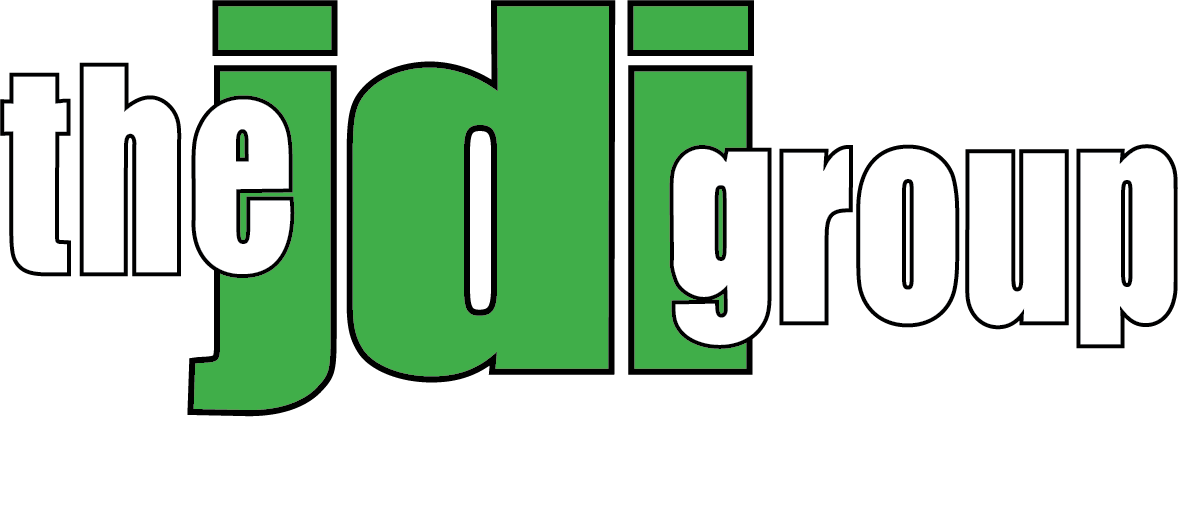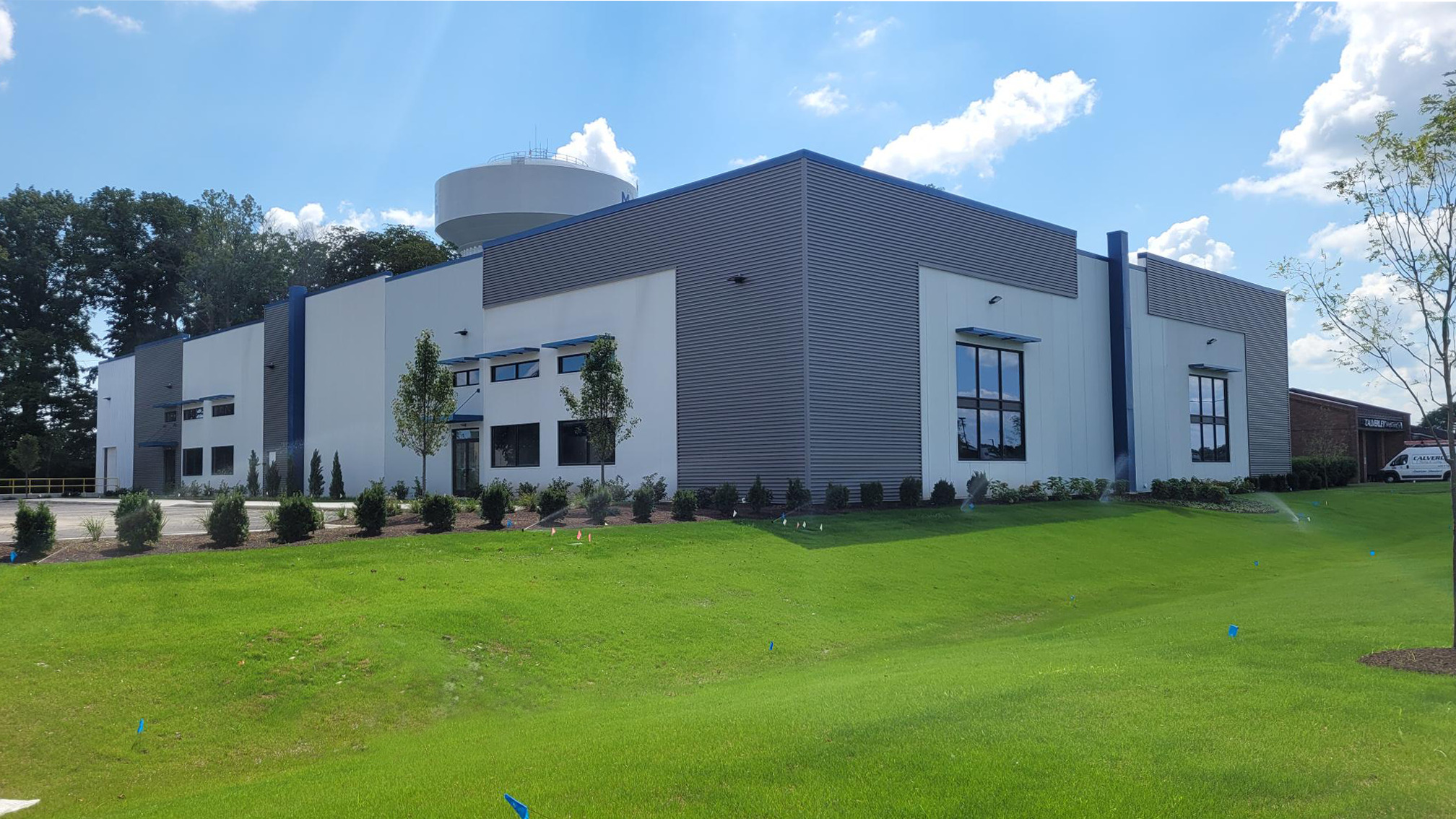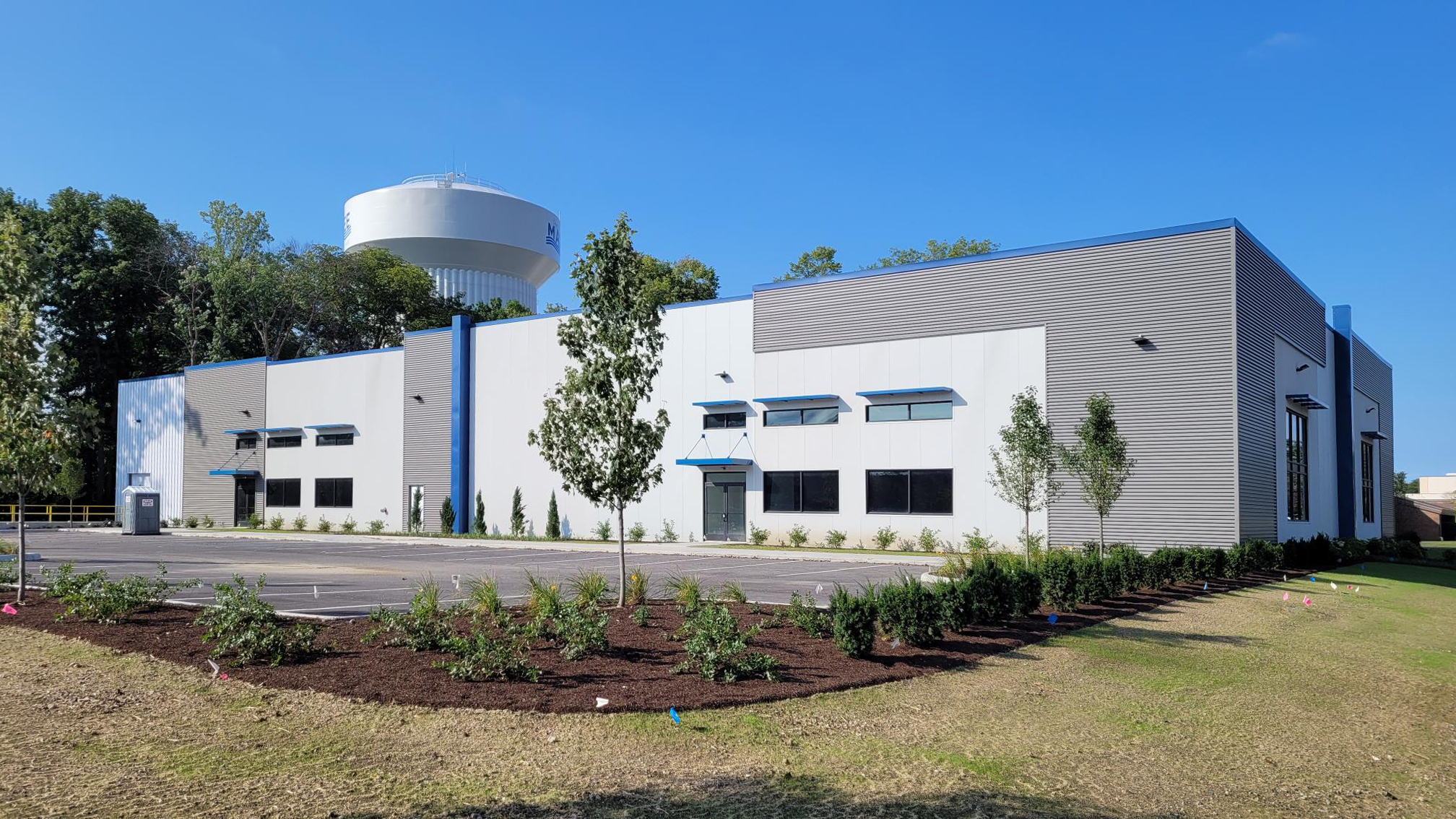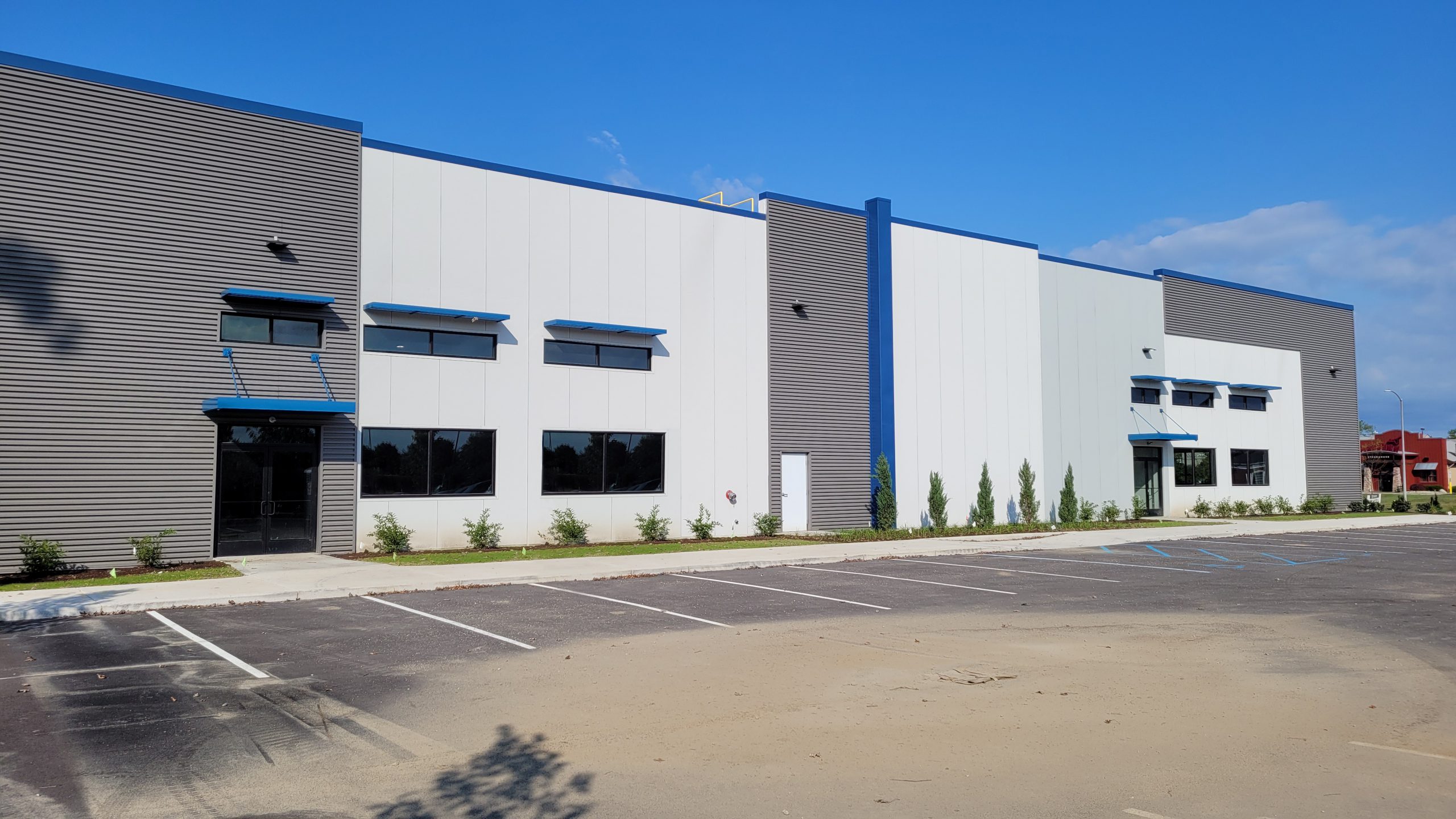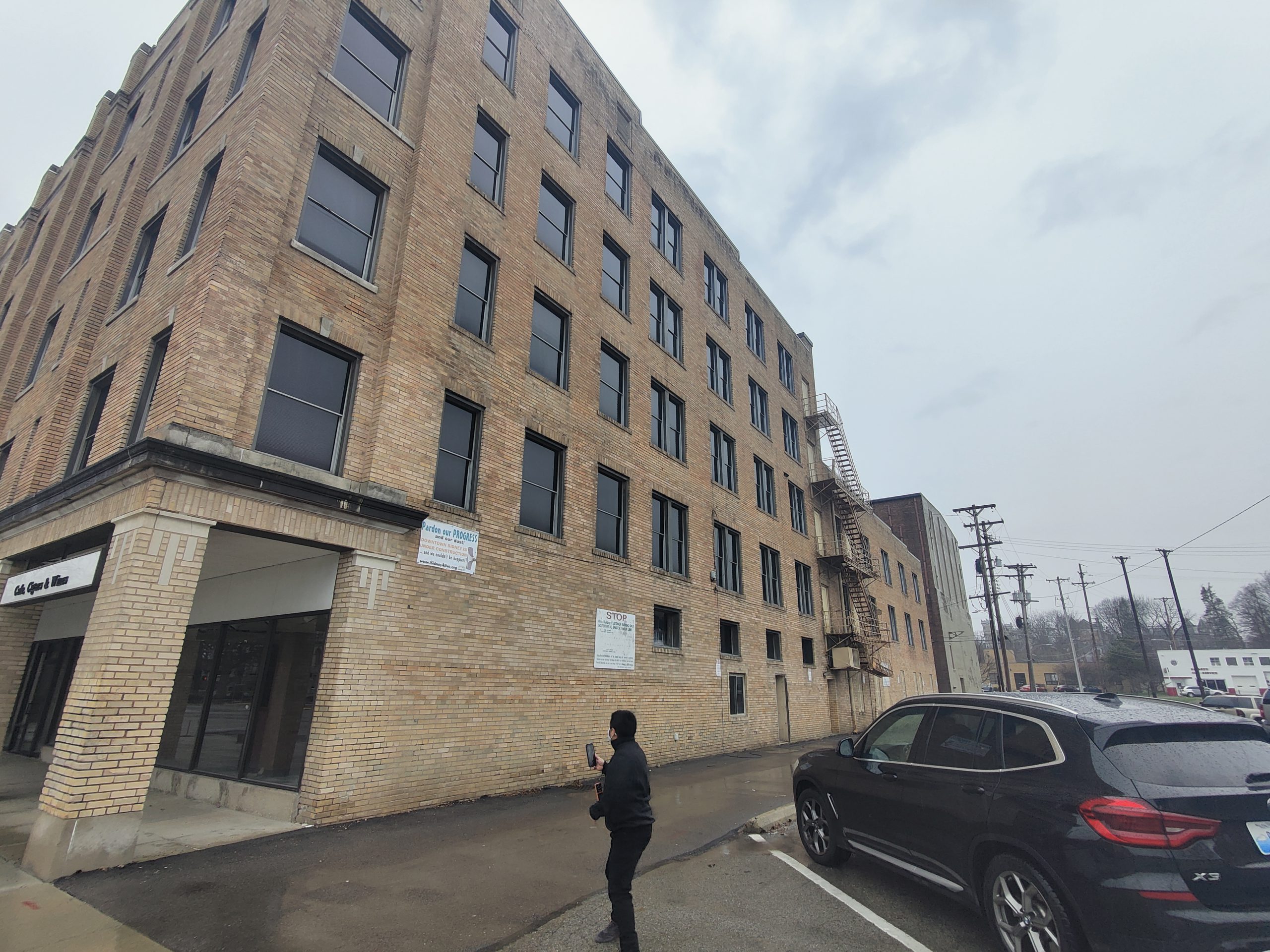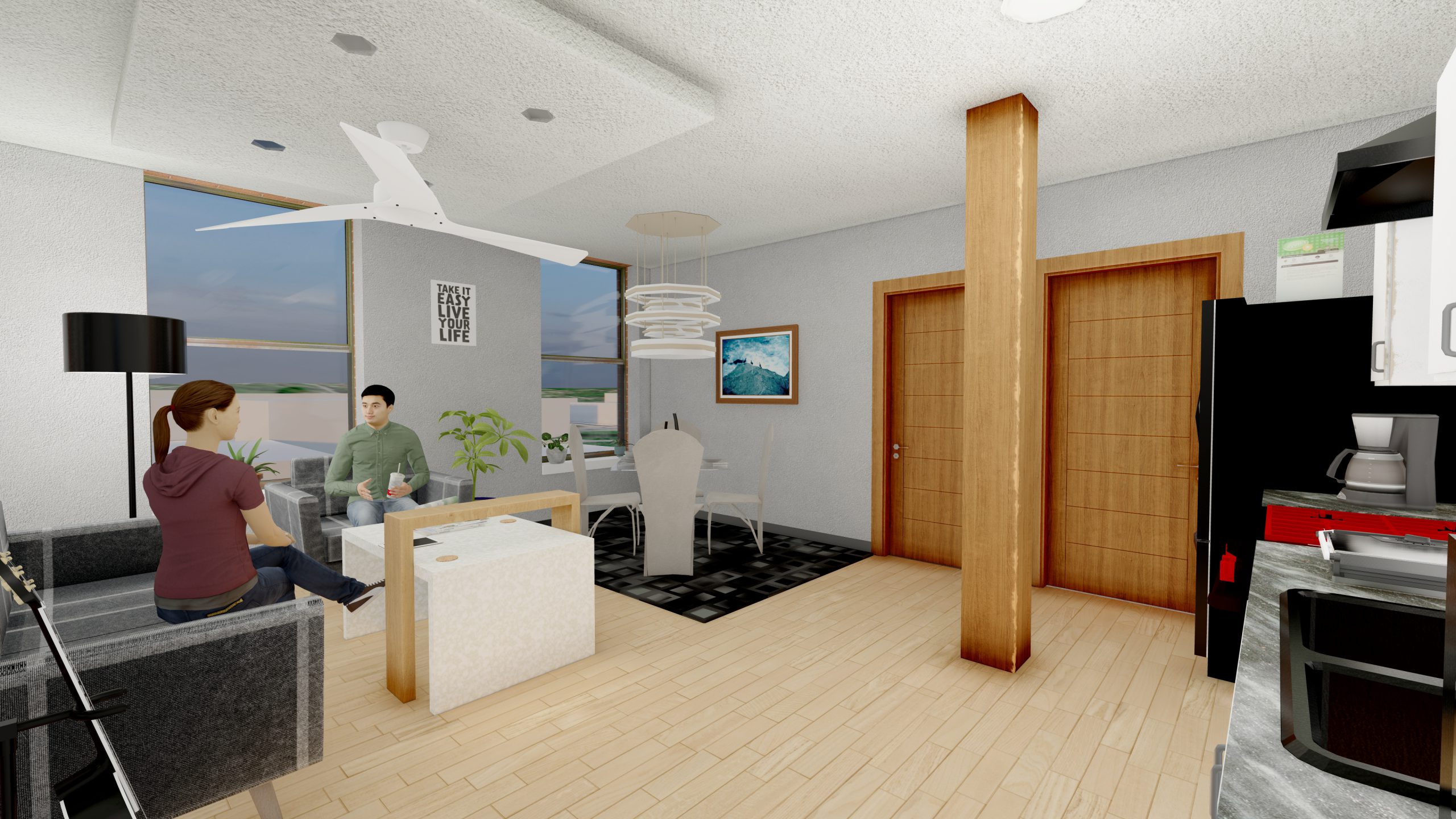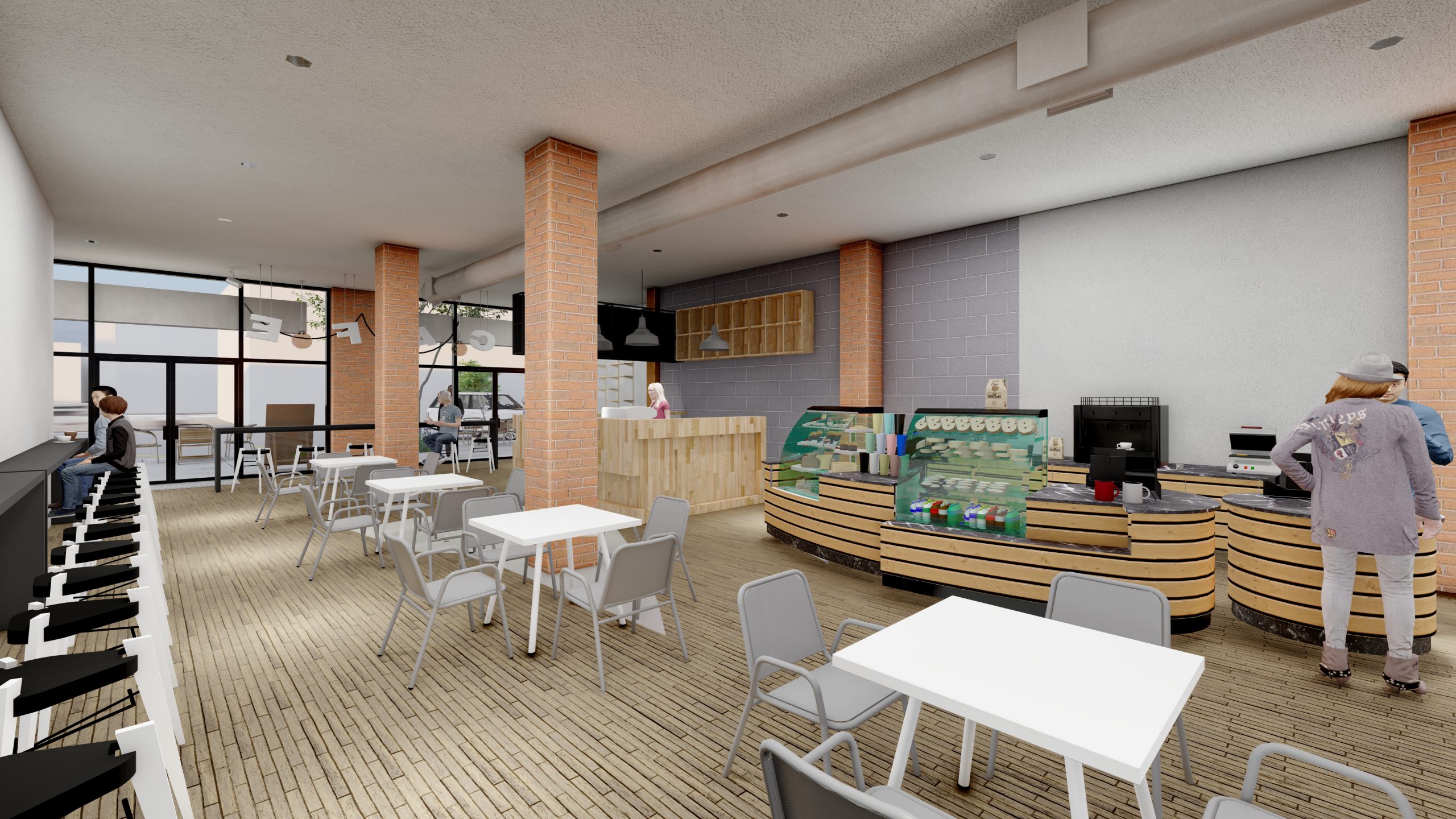Renovating the façade of a building can greatly improve its appearance and curb appeal. This is important for attracting tenants, creating a positive impression, and improving the brand image. With the high cost and lengthy timeline of ground-up and new construction projects, façade renovations are less costly and have minimal disturbance to existing occupants or business operations.
Façade renovations offer several advantages compared to new construction.
Energy Efficiency
Modernizing the façade and building envelope can improve energy efficiency. High-performance building envelopes and energy-efficient exterior materials help reduce heating and cooling costs, which is beneficial for the environment and the building owner's bottom line. It's important to emphasize the significance of façade and building envelope renovations and the recent changes in insulation requirements in the Ohio Building Code (OBC), as Ohio’s codes are scheduled to change on March 1, 2024. The revised requirements will impact the energy efficiency and overall performance of buildings. One example is the roof insulation requirements. The code requires commercial buildings to have better insulation above the metal roof deck with an increase from R-20 to R-30. This is a significant change because it will require an additional 1.6 inches of rigid insulation. This increase aims to enhance the thermal performance of the roof, reducing heat loss and improving energy efficiency. Similarly, the increase in residential attic insulation requirements from R-38 to R-49 also underscores the importance of energy efficiency. Better attic insulation helps maintain a more consistent indoor temperature and reduces the demand for heating and cooling systems, thus saving energy and reducing utility costs.
Competitive Advantage
In a competitive rental market, a well-maintained and energy-efficient building can stand out among older facilities, attracting more tenants and potentially allowing for higher rental rates. Incorporating new technologies, better lighting, and upscale signage can lead to a better customer experience. Property values can be improved by updating the building’s exterior materials while preserving the original framework. Other elements that can improve property values include site, parking lot, and landscape design.
Better Brand Image
The façade of your building is the first thing that people see and can serve as an advertisement for your organization and its products and services. According to ServiceChannel’s State of Brick & Mortar Retail Report, 64 percent of consumers say they have chosen not to buy from a business because of its poor physical appearance.
Updating a building façade projects a better image, making your organization a more professional and appealing place to do business. A new façade increases brand recognition for clients as well as employees, which helps with recruitment efforts.
Minimal Business Interruptions
When it comes to commercial construction, time is money. Your tenants will appreciate the advanced notice before you perform exterior upgrades. As some business interruption is inevitable when changes are being made to a commercial facility, renovations to the façade cause far less disruption than more intensive building projects.
Enticing Incentives
To assist with reducing the expense associated with outside façade modifications, your city may provide incentives. Many municipalities do, as they want local consumers and businesses to be encouraged to improve their streetscape by encouraging walking or shopping locally which benefits landlords, small business owners, and even the community's economy.
BetterBuildings Northwest Ohio (BBNWO) offers competitive fixed-rate Property Assessed Clean Energy (PACE) financing for projects that focus on conserving energy and generating savings through energy-efficient retrofits to new and existing facilities. Eligible energy-efficient improvements to new and existing buildings can be financed through PACE and repaid via a special assessment of the facility. Eligible upgrades include lighting and building controls, heating, ventilation, and air conditioning (HVAC), boilers and chillers, building envelope, and more.
Overall, façade improvements, tenant fit-outs, and mechanical/electrical upgrades combine energy efficiency, enhanced curb appeal, and minimal business interruptions. These projects provide economically viable solutions, create safer and more durable façades, and enhance the visual impact of a community.
